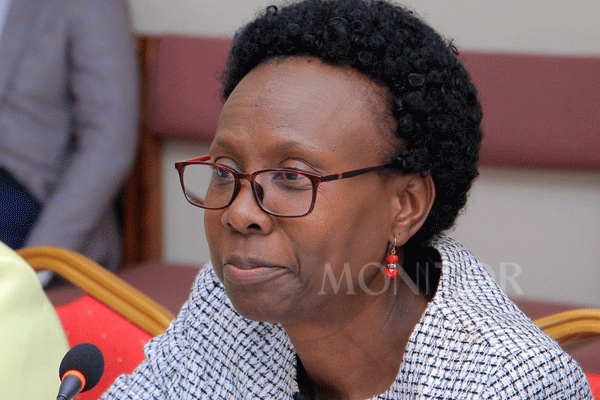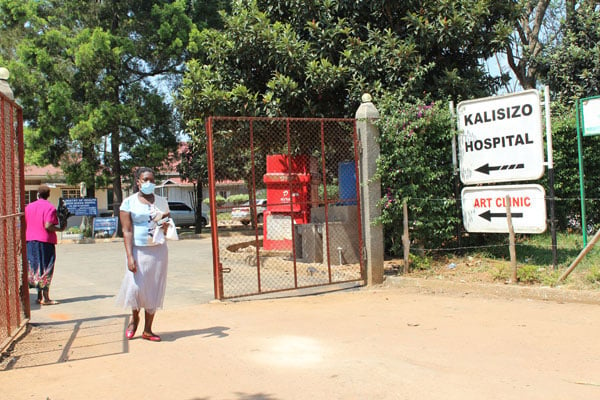Ministry of Health rules out strange disease in Kyotera

Dr Jane Ruth Aceng, the Minister of Health. PHOTO/FILE
What you need to know:
- Terrified residents had earlier blamed the deaths on a ‘strange disease’ and some of the victims sought treatment from traditional healers where they died from.
The Ministry of Health has named the illnesses that have claimed about 13 lives in Kijonjo Parish, Kasasa Sub County in Kyotera District in the past three months as; pulmonary edema and steatosis (fatty liver).
Terrified residents had earlier blamed the deaths on a ‘strange disease’ and some of the victims sought treatment from traditional healers where they died from.
But in a report presented to Parliament on Wednesday, Health Minister, Dr Jane Ruth Aceng said the postmortem results were indicative of pulmonary edema and steatosis (fatty liver) and also realised that the community referred to the swelling of the body as ‘ettalo’ which is termed as cellulitis in the medical language.
Many people in the Central region believe that cellulitis which is a common bacterial skin infection that causes redness, swelling and pain in the infected area of skin can only be treated by traditional healers using herbs.
The Rapid Response team of Epidemiologists dispatched to Kyotera found out that there were thirteen deaths, not 20 as claimed by residents; six were male while seven were females. Of these, eight died from undetermined causes, according to the findings.
“The eight did not seek care from health facilities, but instead went to traditional healers and used herbs. Still, no postmortem was done apart from the recent death of the area councilor who died on January 27,” she said.
Dr Aceng insists that cellulitis if untreated can cause serious health problems yet it can be treated with antibiotics.
“Therefore, there is no strange disease in Kyotera since close relatives and contacts have not fallen ill and eight of the deceased cases did not seek medication from health facilities which may have led to the adverse outcomes,” she added.
Victims were presenting signs and symptoms such as; vomiting, diarrhea, headache, and bleeding before dying.
According to the findings, there were four survivors who had body swellings similar to the deceased. Two of them sought medication from Kijonjo Health Centre II and were diagnosed with malaria and cellulitis. The third victim was treated for Meningitis at Masaka Regional Referral Hospital whereas the fourth was treated traditionally. The minister said specimen samples were also collected for testing from the suspected cases at Uganda Virus Research Institute (UVRI).
“These were examined and found to be negative for viral hemorrhagic fevers (VHFs), a group of illnesses caused by viruses that include; Ebola, Marburg and Yellow Fever viruses,” she said.
The Minister urged residents in the area to continue seeking medical attention and avoid visiting shrines which escalates the illnesses.
Mr Patrick Kintu Kisekuulo, the Kyotera District chairperson said: “We are happy that the Ministry of Health has already responded to our call for their intervention. We are now going to get on the ground and sensitize residents on seeking formal treatment other than seeking treatment from local traditional healers.”
40 years ago, HIV/Aids hit Kyebe Sub County in the same district and claimed many lives, but locals then thought it was witchcraft not until doctors from neighbouring Tanzania took blood samples from Mr Golodian Kivumbi, a resident of Gwanda Village in 1982 and confirmed he was HIV positive.
Kasasa Sub County is about 30km away from Uganda –Tanzania common border and some residents are alleging that the deaths are a result of witchcraft mostly practiced in Tanzania.




